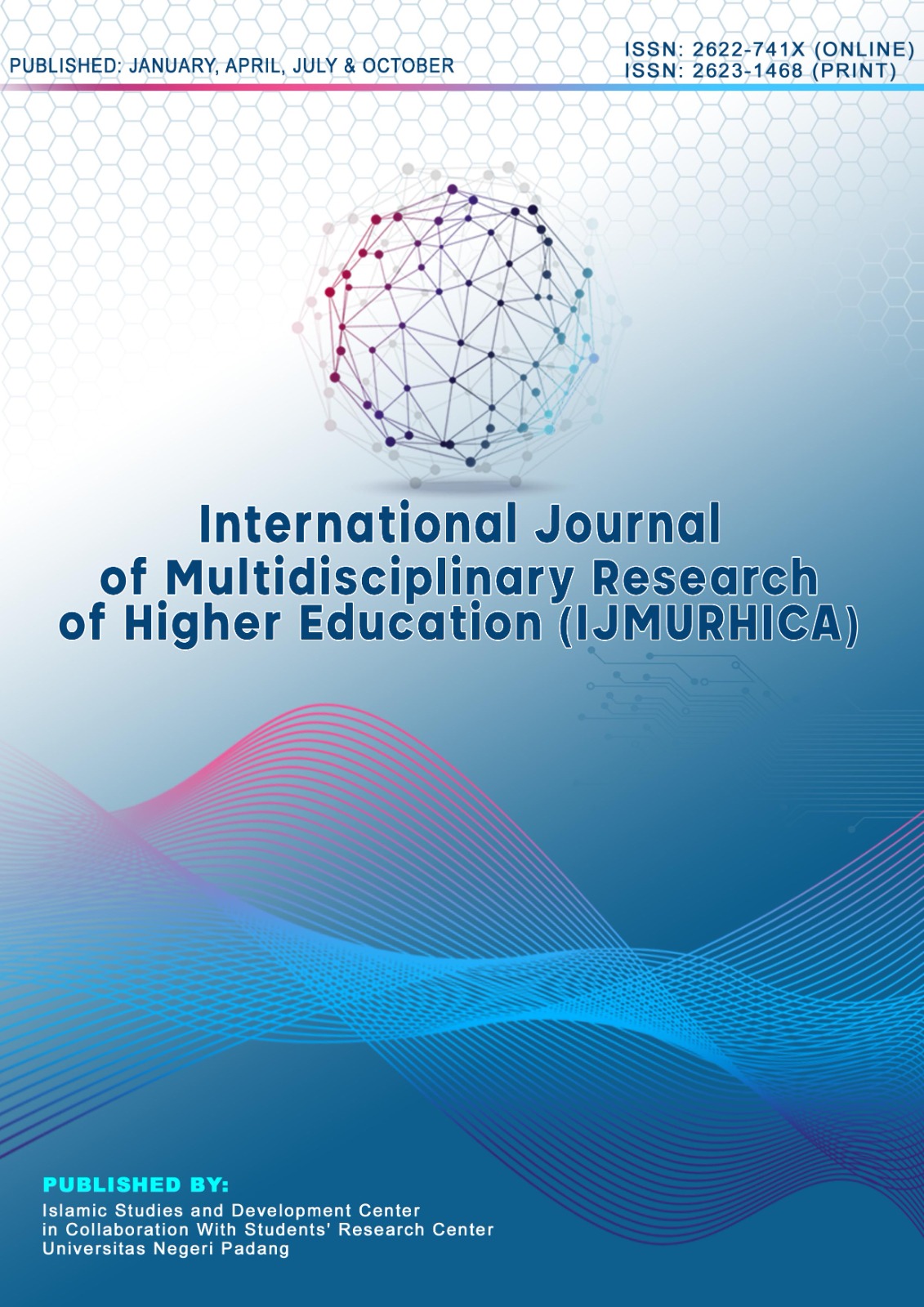Design and Implementation of the Four Pillars of Learning: A Solution for Developing Students' Religious Moderation
DOI:
https://doi.org/10.24036/ijmurhica.v8i3.359Keywords:
Learning design, 4 pillars model, religious moderation, toleranceAbstract
The formation of the characteristics of the nation's young generation can be realized through the realm of education so as to produce a generation that is inclusive, tolerant and able to live a diverse life. Cultural diversity in Indonesia emphasizes the balance of attitudes and behaviors of each citizen so that they are able to respect each other within the scope of Bhinneka Tunggal Ika and as an anticipatory step against extremism, communism and radicalism which are challenges to life globally. This study aims to analyze the design and implementation of the four pillars of learning as a solution to foster students' religious moderation. The research method implements a qualitative method with a case study approach. The informants in this study amounted to eight people, namely the principal, two Islamic Religious Education teachers, two general subject teachers, one extracurricular coach and two students. Data validity checking was carried out through triangulation techniques, member checks and forum class discussion group focus discussions. Data analysis was carried out using the Miles, Huberman and Saldana technique theory which consists of data collection, data condensation, data presentation, and conclusion drawing or verification. The findings of this study found that the four pillars of religious moderation learning are interrelated in shaping students' attitudes. The learning to know pillar is implemented through classroom learning, interfaith discussions, and reflections to foster insight and tolerance. The learning to do pillar is realized through activities such as futsal, scouts, and Young Indonesia red cross society (PMR) to train cooperation and skills. The learning to be pillar is carried out through habituation such as muroja'ah, congregational prayers, clean Friday, and 5S culture to form discipline and responsibility. Meanwhile, learning to live together can be seen from appreciation activities, social services, and rewards that foster caring, tolerant, religious attitudes, and keep students away from radicalism.
Downloads
Downloads
Published
How to Cite
Issue
Section
License
Copyright (c) 2025 Nur Rifki Alvin Khasanah, Moh. Sahlan, Umi Farihah

This work is licensed under a Creative Commons Attribution-ShareAlike 4.0 International License.






